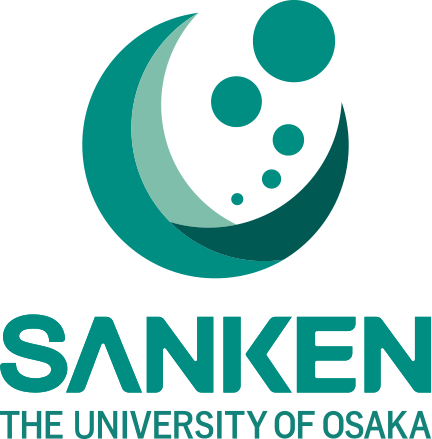Gold nanorods/TiO2 mesocrystals for highly efficient visible-NIR-photocatalytic hydrogen production were developed by Prof. Tetsuro Majima and coworkers, Department of Molecular Excitation Chemistry, the Institute of Scientific and Industrial Research.
As a novel class of TiO2 materials, TiO2 mesocrystals (TMC), have long-lived charges compared to poly-crystalline materials, leading to high photoconductivity and photocatalytic activity. Since the wide band gap of TiO2 (3.2 eV) greatly restricts its performance only in UV region (about 3% of solar light), photosensitization with noble metals have been examined to extend the TiO2 photoresponsibility from UV to visible and NIR region. However, great effort were focused on harvesting visible light using spherical Ag or Au nano particle which has surface plasmon resonance (SPR) at wavelength of 390 - 460 for Ag and 520 - 640 for Au, while harvesting longer wavelength in visible light and NIR which represent a larger portion has received a little concern.
Gold nanorods (AuNRs) with controllable size and tuneable SPR band were loaded on anatase TMC (Figure 1) to show high photocatalytic activity for H2 production (924 µmol h-1 g-1) from aqueous methanol solution under visible and NIR irradiation. This is attributed to the effect of longitudinal SPR (LSPR), but not to transversal SPR (TSPR), of AuNRs and improved charge transfer due to the superstructure of TMC which retard the electron-hole recombination. The strong PL quenching at LSPR peak and decrease of the intensity ratio of LSPR/TSPR of AuNRs/TMC compared to bare AuNRs confirmed electron transfer from AuNRs to TMC. The charge lifetime of 4.8 ns for AuNRs/TMC is 10-times longer than for AuNRs/TiO2, confirming efficient charge separation of superstructure TMC.
Original paper: TiO2 mesocrystals composited with gold nanorods for highly efficient visible-NIR-photocatalytic hydrogen production
O. Elbanna, S. Kim, M. Fujitsuka, and T. Majima
Nano Energy DOI: 10.1016/j.nanoen.2017.03.014

Figure 1. Gold nanorods/TiO2 mesocrystal.

